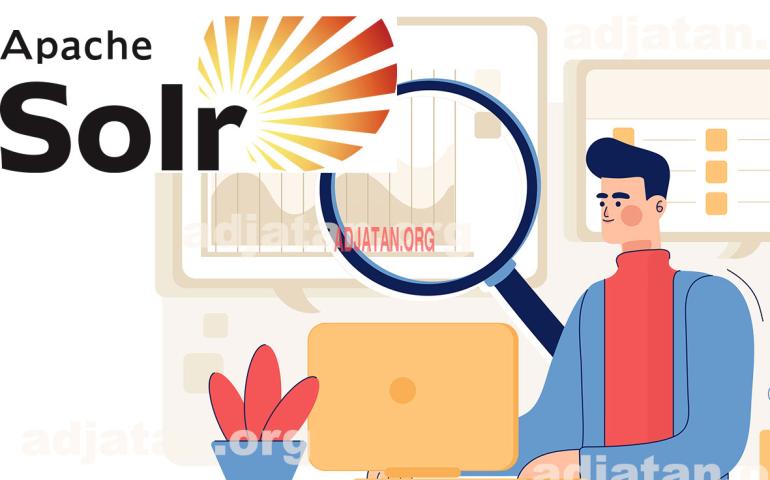
The internet is a vast and complex network of websites, web applications, and online services. Most of us are familiar with the Surface Web, which is the part of the internet that is indexed by search engines and accessible to the public. However, there are two other parts of the internet that are less well-known and less accessible: the Deep Web and the Dark Web.
Deep Web
The Deep Web refers to any part of the internet that is not indexed by search engines. This includes things like online banking portals, private databases, and password-protected websites. While the content on the Deep Web is not inherently illegal or malicious, it is often hidden from public view for security or privacy reasons.
The Dark Web
The Dark Web, on the other hand, is a small portion of the Deep Web that is intentionally hidden and often used for illegal or malicious purposes. Access to the Dark Web requires special software and configurations that allow users to remain anonymous and untraceable. The most common tool for accessing the Dark Web is Tor, which is a free and open-source software that can be used to access hidden services and websites.
The Dark Web is often associated with illegal activities like drug trafficking, human trafficking, and the sale of stolen goods. It is also home to various underground marketplaces where hackers and cybercriminals can buy and sell stolen data and malware. However, it's important to note that not all content on the Dark Web is illegal or malicious. There are also legitimate uses for the Dark Web, such as for whistleblowers, journalists, and activists who need to communicate anonymously and securely.
One of the biggest challenges with the Deep and Dark Web is that they are largely unregulated and difficult to police. Illegal activities that take place on the Dark Web can be difficult to trace and prosecute, and there are limited mechanisms for enforcing laws and regulations. As a result, the Deep and Dark Web pose significant challenges to law enforcement and cybersecurity professionals.
Conventional IP?
The dark web does not use conventional IP addresses and domain names in the same way as the regular internet. The dark web is a part of the internet that is only accessible through specific software or configurations that allow users to remain anonymous and untraceable.
To understand how the dark web operates, it's important to first understand how the regular internet works. When you visit a website on the regular internet, you typically type a domain name into your browser, such as www.google.com. This domain name is associated with an IP address, which is a numerical code that identifies the server where the website is hosted. The IP address is used to route your request from your computer to the server where the website is hosted, and then back to your computer with the requested information.
On the dark web, however, the system works differently. Instead of using traditional domain names and IP addresses, websites on the dark web use a system of randomized URLs called Onion addresses. These Onion addresses are generated by a software called Tor (The Onion Router), which encrypts the user's internet traffic and relays it through a series of nodes to mask their location and identity.
Onion addresses are a string of 16 random alphanumeric characters, followed by ".onion". For example, one of the most well-known dark web marketplaces, the Silk Road, used the address "silkroad6ownowfk.onion". These addresses cannot be accessed through regular web browsers like Chrome or Firefox but require a specialized browser such as Tor.
The use of Onion addresses and Tor helps to protect the privacy and anonymity of users on the dark web, but it also makes it more difficult to track down illegal activities or individuals engaging in malicious behavior. Because of the encrypted and anonymous nature of the dark web, it has become a haven for illegal activities such as drug trafficking, cybercrime, and even human trafficking.
In conclusion, the Deep and Dark Web are parts of the internet that are often shrouded in mystery and intrigue. While the Deep Web is generally benign and inaccessible to the public, the Dark Web is a small but notorious portion of the Deep Web that is often used for illegal and malicious purposes. Understanding the difference between the Surface Web, Deep Web, and Dark Web is important for anyone who uses the internet, particularly for those in law enforcement and cybersecurity.



